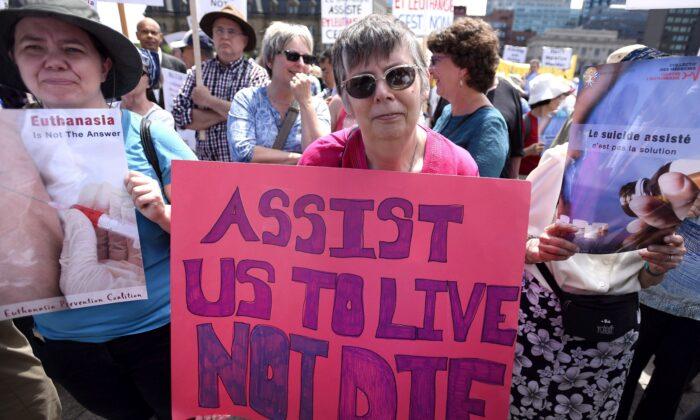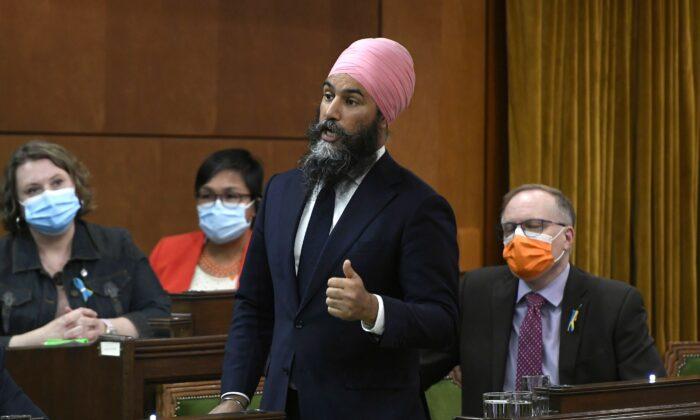The Hippocratic oath to “do no harm” is the cornerstone of any ethically functioning health-care system. As the solemn vow of physicians, this simple but powerful principle has underscored countless difficult decisions made in the operating room and emergency ward.
Regrettably, government legislation does not adhere to the same principle.
The Sanctity of Life
There are few subjects as fraught with ethical peril as abortion, but it is the most apt comparison to the assisted dying legislation. Both involve the question of life and choice, both present a moral conundrum, and both prove incredibly divisive.The shifting Overton window in relation to abortion provides a sense of where assisted dying legislation could lead if left unchallenged.
Abortion was legalized in part in the name of the need to ensure the health and safety of women who chose to abort their pregnancies when the only available options were unlicensed, unsanitary, underground clinics that put their lives at risk. There were also the complicated ethical factors surrounding a pregnancy that was the direct result of trauma.
We can leave the moral argument aside for a moment and focus instead on how the Overton window of abortion has shifted since it first became legal in Canada in 1988 and in the United States in 1973, when the landmark Roe vs. Wade case ruled that the U.S. Constitution protects a pregnant woman’s liberty to choose to have an abortion without excessive government restriction.
It was a morally and socially contentious issue from the beginning, and the stigma around abortion persisted despite its legalization.
In 1992, U.S. President Bill Clinton coined the term “safe, legal, and rare,” which became the Democratic Party’s adopted model for abortion. In 2012, the Democrats removed the word “rare” from its official platform, endorsing “safe and legal” abortion.
Last year, a Virginia Democrat introduced a bill that would ease restrictions on late-term, third-trimester abortions. Current Virginia law permits third-trimester abortions only when risk to the mother’s life is “substantial and irremediable.” The latest bill would broaden that restriction to allow for third-trimester abortion if the woman’s physical or mental health could be jeopardized through birth, even if the damage might not be irreversible. This would allow termination of a pregnancy days before birth under a broadly defined legal framework.
The Legalities of Choice
Compassion dictates that we do our utmost to alleviate the suffering of our fellow citizens. Those who support the right to assisted death do so as an act of mercy—to grant a dignified death to those who are terminal and deteriorating. On an individual level, empathy is the correct response toward those who are considering death as the only viable alternative to their suffering, whatever the reason.For now, proponents are saying assisted dying is “safe, legal, and rare,” but a trend has emerged, and this should worry us. The Overton window must not continue to shift in a direction that devalues life. Instead, as the Hippocratic oath implies, we should honour and cherish the sanctity of life, despite the suffering that is intrinsic to the human experience.






Friends Read Free